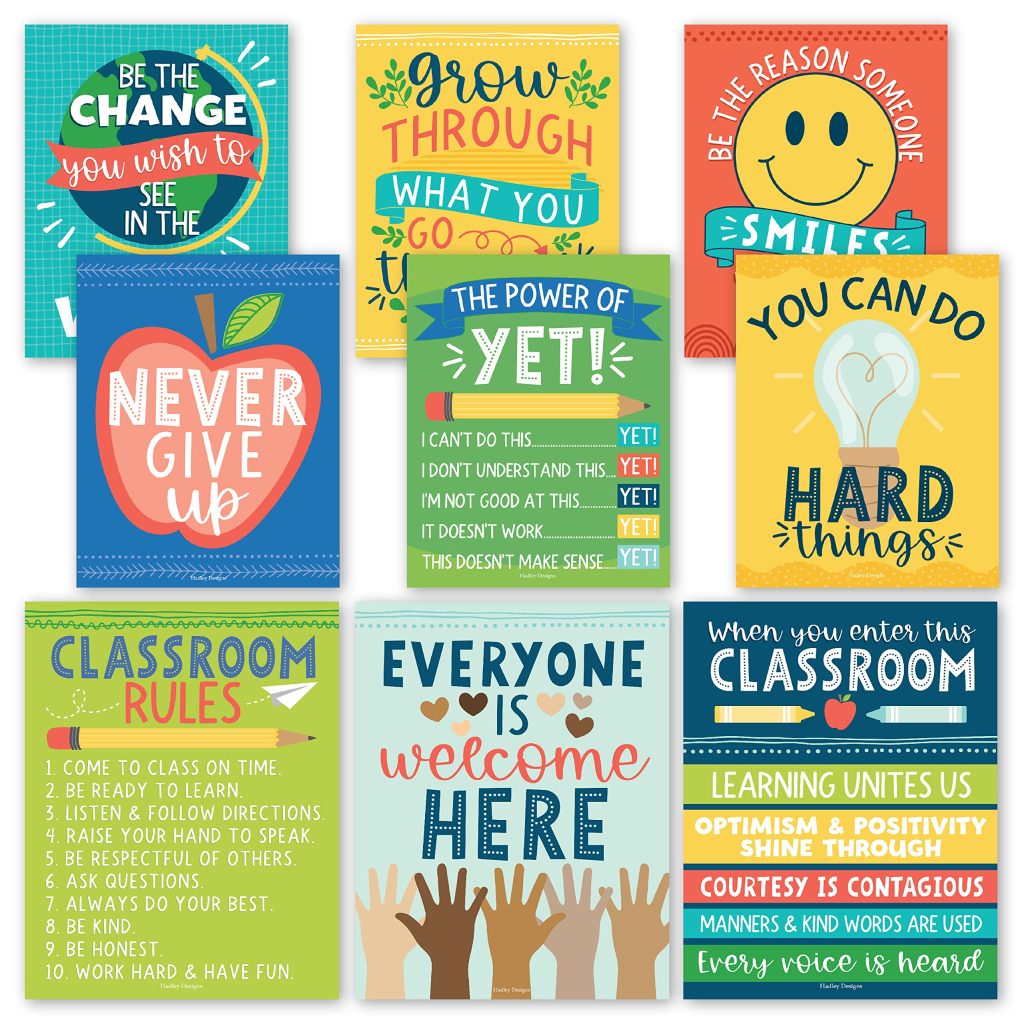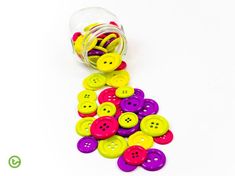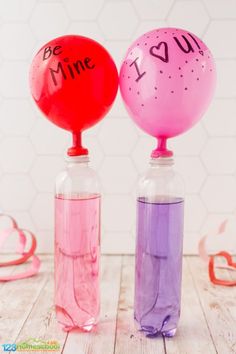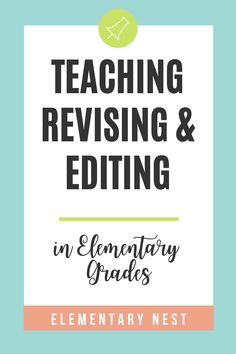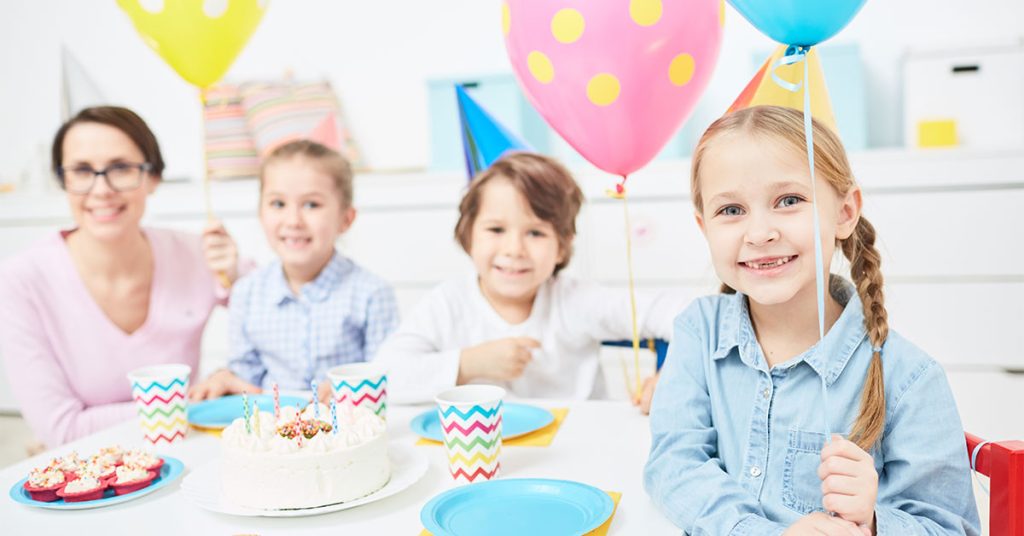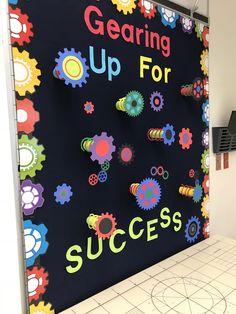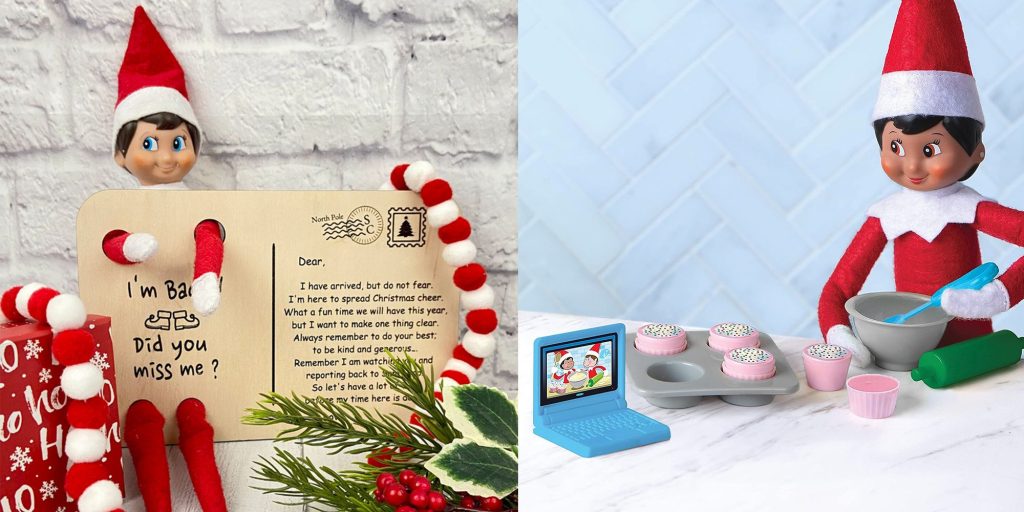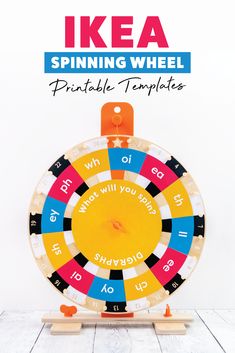“In today’s educational landscape, fostering a positive classroom environment is crucial for nurturing student growth and engagement. To support teachers in creating a harmonious and uplifting atmosphere, Teach Starter, an educational resource provider, offers a collection of nine free posters that can enlighten any classroom with positivity.
One of the posters from this collection focuses on the power of kindness. With a vibrant design and an inspiring message, it encourages students to embrace the values of compassion and empathy towards their peers. Another poster highlights the importance of gratitude, reminding students to appreciate and express gratitude for the things they have.
Additionally, there are posters that promote a growth mindset, which is the belief that abilities and intelligence can be developed through dedication and effort. These posters provide powerful visuals and motivational quotes to encourage students to embrace challenges, persist in the face of setbacks, and learn from mistakes.
Teach Starter also offers posters that celebrate diversity and inclusivity in the classroom. These posters display images of multicultural students and promote acceptance, respect, and understanding among classmates.
Furthermore, the collection includes posters that encourage positive self-talk and promote a healthy mindset. By featuring affirming and uplifting statements, these posters help students boost their self-esteem and develop a positive attitude towards themselves.
In conclusion, Teach Starter’s collection of nine free posters provides an invaluable resource for educators looking to create a classroom environment filled with positivity and inspiration. By incorporating these posters into their teaching spaces, teachers can foster kindness, gratitude, growth mindset, diversity, inclusivity, and positive self-talk among their students. These visual aids serve as daily reminders of the values and attitudes that can contribute to a nurturing and thriving classroom community.”
I hope this article meets your expectations! Let me know if there’s anything else I can assist you with.
